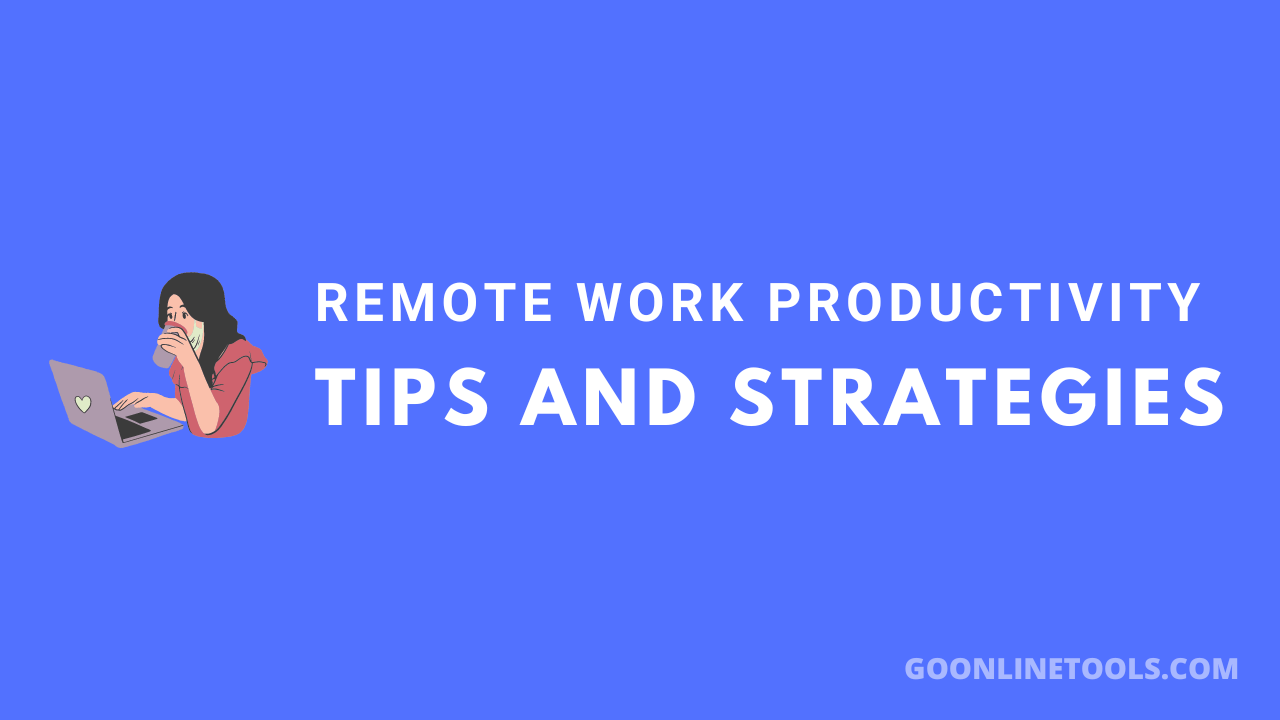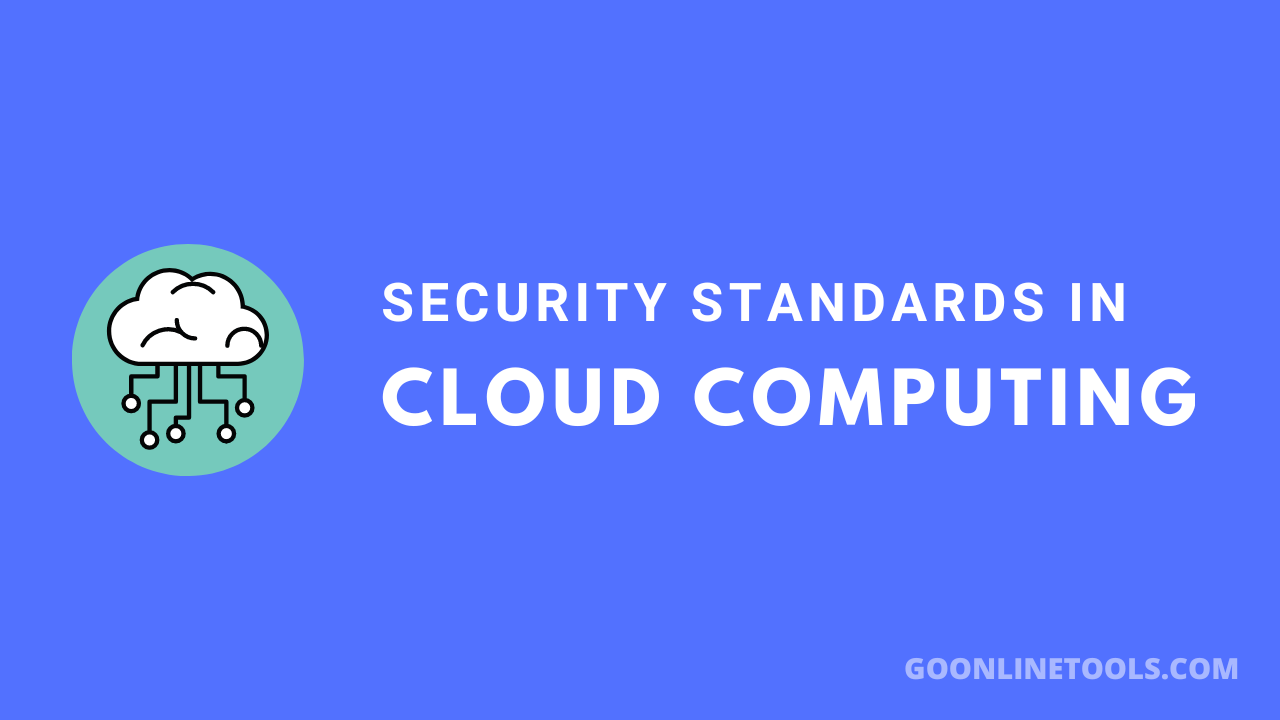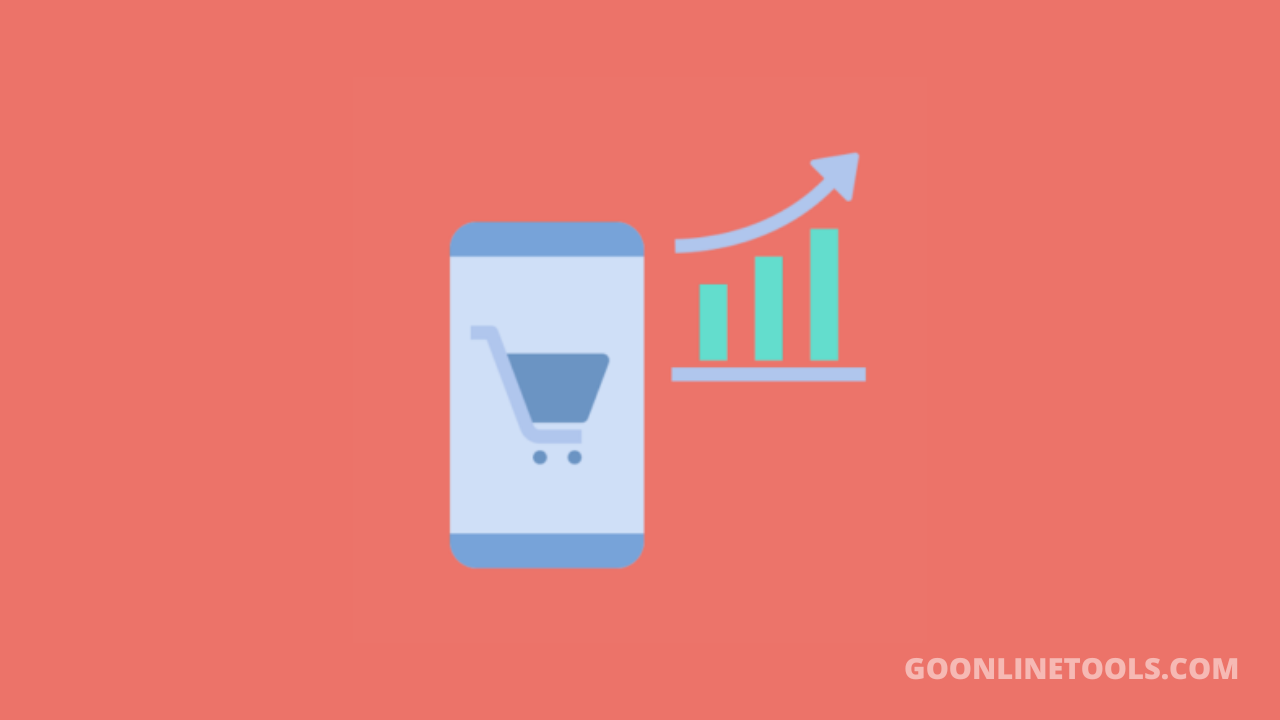
Featured image for "How Does Remote Work Technology Shape Today’s Digital Ecosystem?"
Remember when work was a place you went, not just something you did? Not too long ago, employees’ physical presence in the office space was a must-have – then came along a tide of technology that changed the way we define the concept of work.
While there are still some companies that don’t accept remote work, the number is decreasing every year. Most companies today practice a hybrid work approach, where employees spend two or three days per week at the office and the rest working remotely.
Whether we accept remote work as a possibility or not, one thing is clear: recent technological advancements have set in motion a series of changes that can’t be undone. As such, today, we’ll have a look at how specific technologies have impacted the way we work and what we should expect in the near future.
Communication Platforms
Remote work can’t happen without effective digital communication, so it’s safe to say that the emergence of user-friendly platforms like Slack, Microsoft Teams, or Zoom helped reshape corporate culture and recalibrate team dynamics.
Slack offers instant messaging with seamless integration of various work tools, while Zoom’s video conferencing capabilities make face-to-face meetings possible across continents. Microsoft Teams merges these features into an all-in-one collaboration hub, offering features for both live document editing and project coordination.
Moreover, with AI integration, communication platforms can now offer predictive text, smarter scheduling assistance, sentiment analysis on communications (to gauge engagement or customer satisfaction), and even automate routine tasks.
Collaborative Tools
Teamwork is crucial for achieving efficient results, but it becomes even more important when working remotely. This is why the right tools can make a world of difference. Collaborative software ups the game by keeping everyone on track and in sync, no matter where they are.
Take Asana: it’s like a digital to-do list for your whole team, helping you break down big projects into tasks you can actually tackle. Trello uses boards and cards so you can see who’s doing what at a glance, cutting through the confusion. Lastly, Dropbox and Google Drive are amazing for stashing and swapping files without fuss.
The results are also clear: teams that use project management tools are more likely to nail their projects. Straightforward collaboration tech is essential as it keeps work flowing smoothly – even when your team is spread across different time zones.
IT Management Solutions
A couple of years back, many companies found themselves forced into the world of remote work without any time for extensive preparations and planning. This opened the door wide open to ill-intended actors who went on a rampage, looking for weak or unsecured connections. Many businesses suffered data leaks and ransomware attacks, and many couldn’t recover from the shock.
This is why companies that work with remote teams need reliable and solid IT management solutions. These tools give a clear overview of every device and software in use, which means you can prevent problems before they occur.
Tools like Remote Monitoring and Management (RMM) are essential for IT teams managing off-site workstations. They can remotely install updates, run diagnostics, and fix issues – often before the user even notices a glitch. Technology research firm Comparitech notes “there are 50+ RMM solutions on the market.” and identifies 7 criteria to help you compare vendors.
Companies with proactive IT management report up to 85% less downtime. In short, keeping your digital gears running smoothly isn’t just about avoiding hiccups; it’s about making sure everyone stays connected safely.
Cloud Services
The cloud was a game-changer for remote work, with tech giants like Amazon Web Services (AWS), Microsoft Azure, and Google Cloud leading the charge. These platforms have revolutionized the workspace by offering easy-to-use tools right at your fingertips – no matter your location.
AWS offers a flexible environment where you can run applications and store data without investing in physical servers. Over time, it proved to be a great tool for anyone, from Agile startups to Fortune 500 companies.
Microsoft Azure’s suite connects seamlessly with familiar Office software, making it a comfortable fit for many businesses transitioning online. Meanwhile, Google Cloud shines with its data analytics prowess and integration with consumer-friendly apps.
What stands out is the security these clouds offer; enterprise-grade protection means sensitive company information stays safe in virtual lock boxes. Plus, scalability is a breeze – your digital infrastructure grows as you do, sidestepping any growing pains linked to on-premises setups.
Wrap Up
Technology has irrevocably transformed our work landscape, turning what was once stationary into something boundless. The digital age redefined ‘office’ to wherever there’s Wi-Fi and stretched traditional 9-to-5 boundaries around the clock.
As we look ahead, advances in tech will continue to dismantle the old blueprint of workplaces and replace it with dynamic, effective remote ecosystems that are as limitless as they are secure. The future of work isn’t coming – it’s already here.
The Editorial Team at GoOnlineTools.com specializes in delivering cutting-edge information on technology.
View all articles




